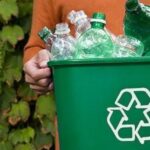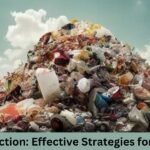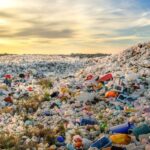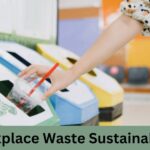You can rarely find an example of a country that lends itself so well to research like Singapore. It both has a lot of toxic waste and manages it well.
How does Singapore handle its toxic waste situation? By enforcing strict laws and regulations and adhering to them.
And there is much need for that, since Singapore generates approximately 7.39 million tonnes of solid waste a year. A significant portion of that waste fulfills the criteria to be classified as hazardous.
It is possible that other countries could reach the same goals by analyzing legislation Singapore has. Two premium examples that come to mind, and lend themselves well to analysis, are the Environmental Protection and Management Act (EPMA) and the Hazardous Waste (Control of Export, Import, and Transit) Act. Once you analyze what is good about this legislation it is possible to find ways to implement it for other countries.
This is exactly what we intend to do here, give an overview of how Singapore handles toxic waste and hope to provide grounds for other countries to implement something in their own surroundings.
Toxic Waste Management In Singapore: Laws & Regulations
Before we go into the laws and legislation on the topic toxic industrial waste singapore, it’s important to note that most toxic waste goes to the Semakau Landfill (a waste disposal location in Singapore), and by 2030 the volume of waste going there is supposed to be reduced by 30%. Below you’ll find the laws and legislation in effect in Singapore.
Licensing Requirements For Toxic Waste Management
The National Environment Agency (NEA) is responsible for providing license to any and all companies that generate, handle, or dispose of toxic waste. These licenses are not merely administrative but are grounded in rigorous assessments of a company’s waste management capabilities.
The application process requires meticulous documentation, including waste management plans, safety protocols, and compliance with established environmental standards. This is survival of the fittest and ensures that only companies with the capacity to manage toxic waste responsibly are permitted to do so.
Furthermore, the licensing process is dynamic, or more accurately said never-ending, with regular reviews and updates to ensure that companies remain compliant with evolving regulations. This proactive approach by the NEA helps to minimize the risks associated with toxic waste handling and ensures that companies are continuously improving their waste management practices.
Transport And Handling Regulations
Like all areas of toxic waste in Singapore transportation is also strictly regulated. All of this serves to prevent environmental contamination and ensure public safety. The Chemical Control and Management Department is responsible for transporting toxic waste exceeding certain quantities.
The approval process consists of checks on the design of transport containers, routes that will be taken, and how well-prepared the transporters are to handle emergencies.
Every vehicle used in transporting toxic waste must be equipped with spill containment systems and must follow designated routes that minimize the risk of exposure to populated areas, should such a spill occur.
Transport activities are restricted to daytime hours to further reduce risks. These measures are part of Singapore’s broader strategy to ensure that toxic waste is managed safely from its point of origin to its final disposal.
Disposal Of Toxic Residues
Sludge from wastewater treatment and ash from incineration plants are toxic residues and require specific disposal methods.
Again, the NEA regulates this, giving permits to dispose of such residues at approved landfill sites, such as the Semakau Landfill we mentioned above, which is designed solely to handle hazardous waste.
The application for disposal must be accompanied by analytical reports from accredited laboratories, ensuring that the residues meet the standards set by the government.
The focus on rigorous testing and controlled disposal highlights Singapore’s commitment to preventing environmental pollution.
Biohazardous Waste Management
Pathological waste comes about as a result of medical procedures and it is produced by healthcare facilities. It is also called biohazardous waste. Due to its potential to spread disease and cause serious health issues it is managed under specialized protocols because
Once again, the NEA comes into play and licenses specialized hospital waste disposal contractors who are trained specially to handle and transport biohazardous waste safely.
Healthcare institutions, on their side of the biohazardous waste end, are required to follow draconian guidelines for the segregation, storage, and incineration of hazardous materials.
Biohazardous waste is later incinerated so as to make sure all pathogens are neutralized.
Future Directions In Toxic Waste Management
Singapore’s approach to toxic waste management includes much attention to new trends and adaptation to meet new challenges.
A reflection of Singapore’s dedication to environmental care is work on the new Integrated Waste Management Facility (IWMF) that should be fully in operation in 2028. The role of this facility will be to integrate waste management and take care of water reclamation, maximizing resource recovery and minimizing waste.
New regulations for controlling hazardous chemicals are always in the works in Singapore, reflecting its ongoing commitment to environmental protection.
Another great thing is that public consultations are regularly held to gather feedback from stakeholders. It does two great things at the same time, it helps the government of Singapore listen to the needs of the industry and the stakeholders.
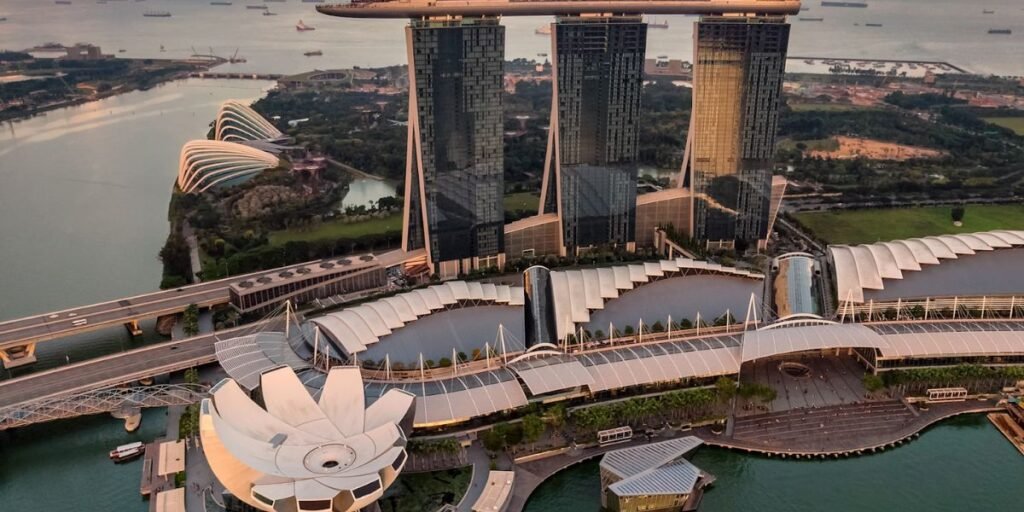
Wrapping Up
Singapore’s commitment to toxic waste management continues to be reinforced by cutting-edge research and international cooperation. In addition to the measures discussed, the country is actively participating in global environmental initiatives, which include efforts to harmonize its regulations with international standards.
All of this, positions Singapore as a leader in sustainable development, influencing regional policies and practices in environmental management.
As Singapore looks to the future, these collaborations will be crucial in addressing the complex challenges of toxic waste management in an increasingly interconnected world.









